According to worldatlas.com, Vietnam is the world’s 2nd largest producer of coffee, and the world’s 7th largest producer of tea. Also in the list of top world producers is Kenya, the world’s 15th largest producer of coffee and 3rd largest producer of tea. Looks like Kenya and Vietnam have something in common! =) (While both countries are the world’s top producers of coffee and tea, Kenyans primarily drink diluted milk tea while the Vietnamese passionately consume plain tea and black coffee.) Because Nairobi’s neighboring towns of Kiambu and Limuru are surrounded by coffee and tea farms, I knew I had to take a tour on each plantation.
With its rich, acidic soil sitting at roughly 6,000 ft. elevation along the equatorial zone, the British who arrived to Kenya in the early 20th century found the environment most favorable to farm tea and coffee and introduced the crops to the country. Today fields of lush green leaves can be found sprawling across the Kenyan landscape just outside the chaotic city center. I spent one morning touring a small coffee plantation near Kiambu at Fairview Coffee Estate and another day touring a small tea plantation near Limuru at Kiambethu Tea Farm.
In order to tour the coffee estate, I rode the matatu from Githurai to Muthaiga and transferred to another van to Kiambu. I hopped off at the Kist bus stop, and walked the 1.5 km to the coffee estate. Total cost for both rides was 70 shillings. The return trip is straight forward as well; plenty of buses run along Kiambu Road. 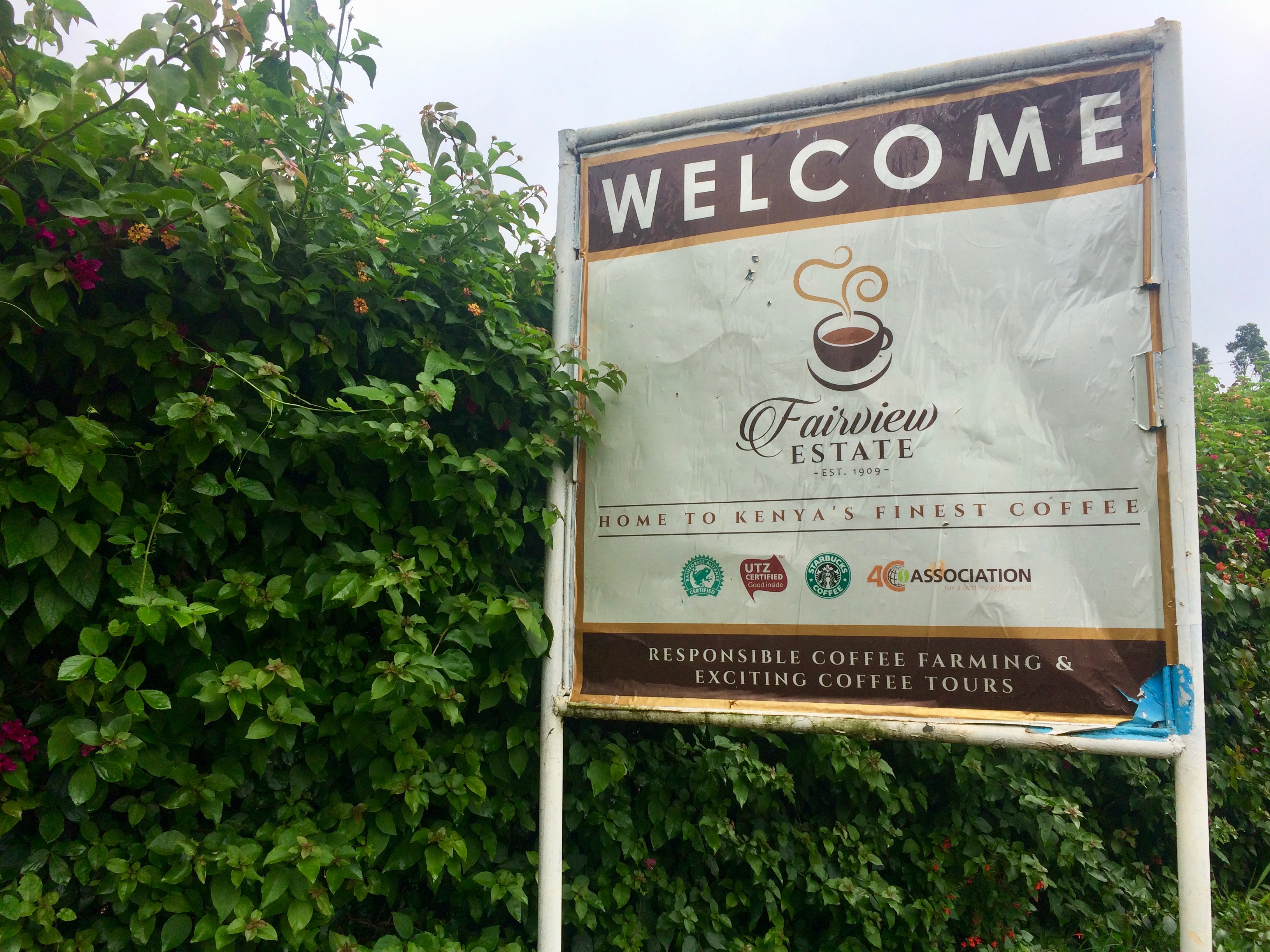
Tours with coffee tastings are conducted daily from 10am-12pm and 2pm-4pm for 3,000 shillings per non-resident. Non-residents also receive a 500 gram bag of freshly roasted coffee upon leaving. (Tip: If you prefer whole beans instead of ground, make the request at the beginning of the tour!) Because I prefer my coffee buzz in the morning, I chose the morning tour. The estate not only has a small coffee plantation, but also a vegetable garden, banana field, and dairy farm for local consumption, a manicured garden with wild flowers that can be reserved for wedding receptions, and nature trails.
The tour guide walked us through all their details of coffee production: farming, picking, skinning, fermentation, roasting, auctioning, exporting, and drinking. Unlike many farms, Fairview Estate completely produces their own coffee from plant to roast. They employ farmers and factory workers for the machines. Although most of the coffee is produced for export, they do have a small staff of roasters and coffee brewers to make coffee for their limited number of visitors.
Close up of coffee leaves, flowers, and beans: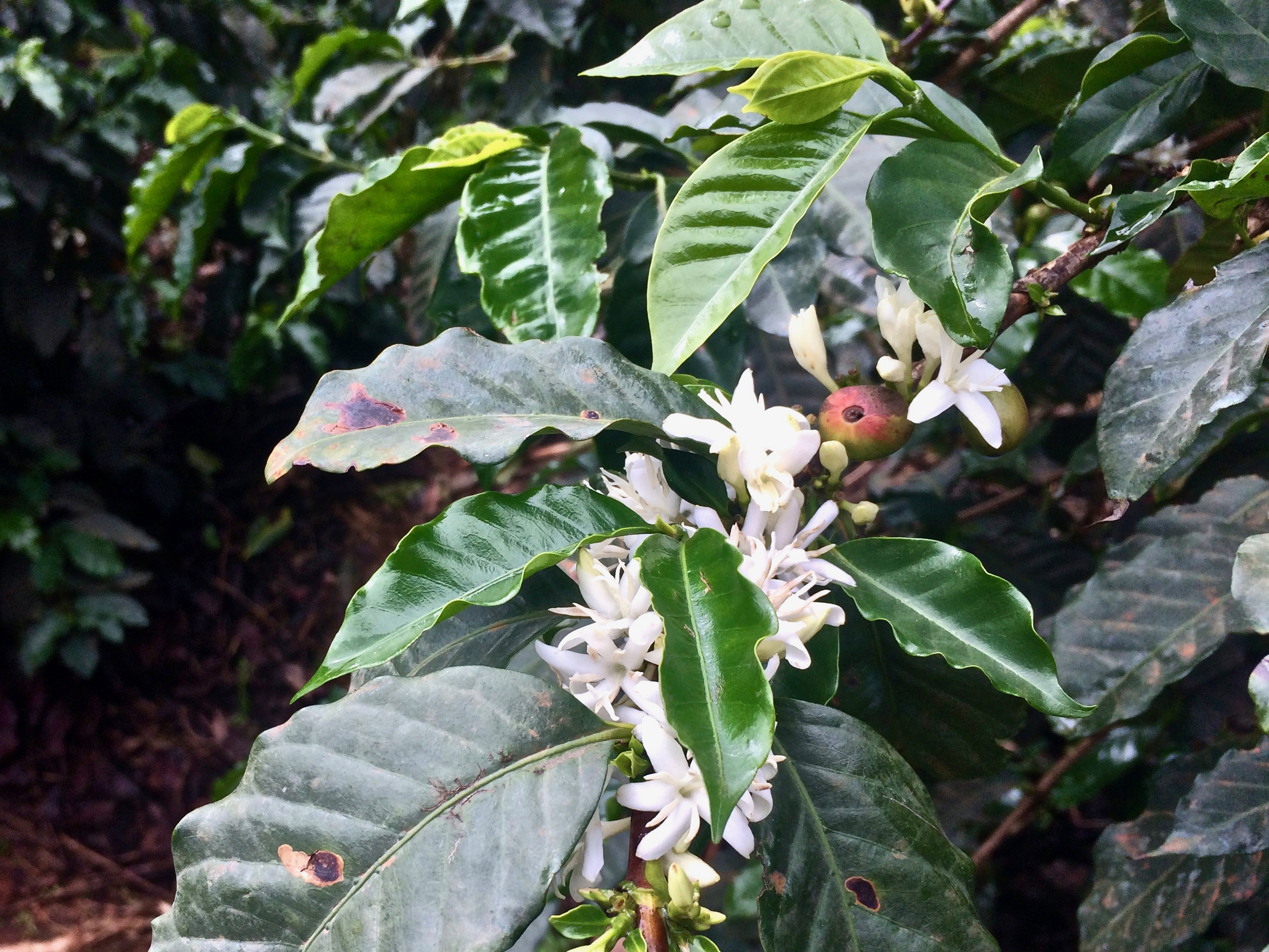
Fresh picked coffee beans, with skin: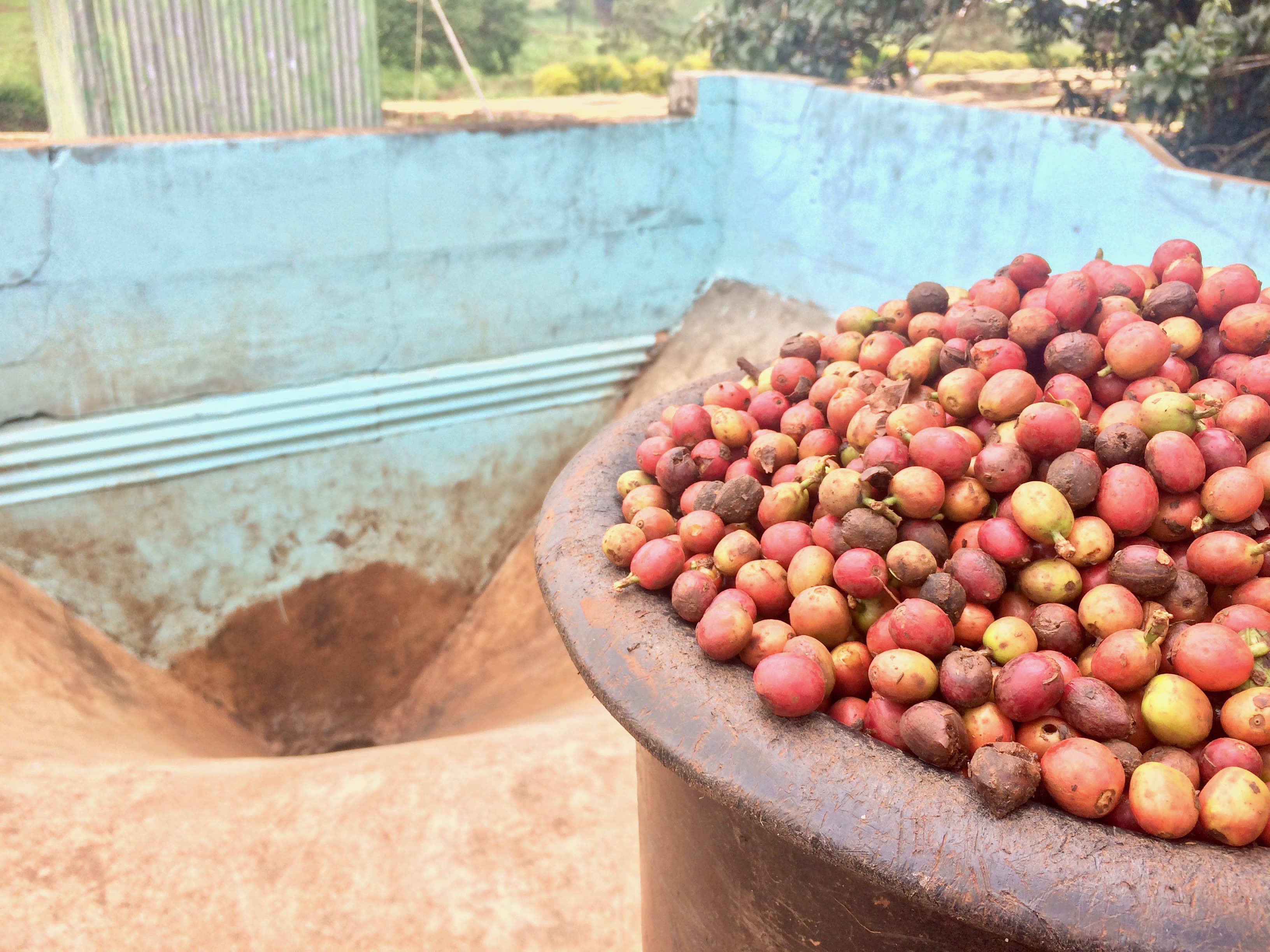
Machines for coffee bean skin removal:
Bean drying: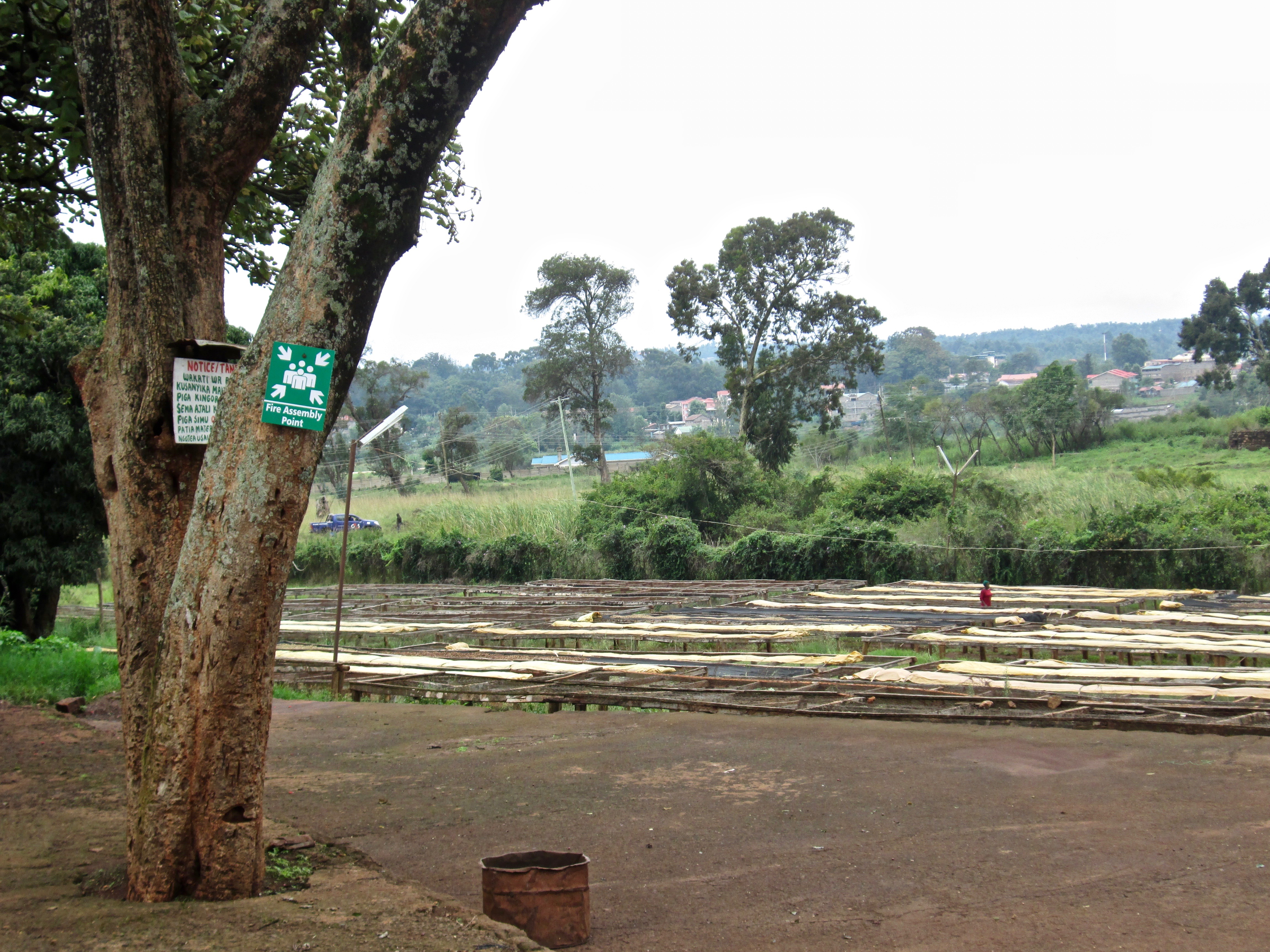
Dried beans, with the final coffee bean (pre-roasted) out of its dried shell in my hand:
Three stages of coffee bean (from light to dark): separated from red skin, processed, and dried; separated from dried bean shell; and roasted and ready for grind.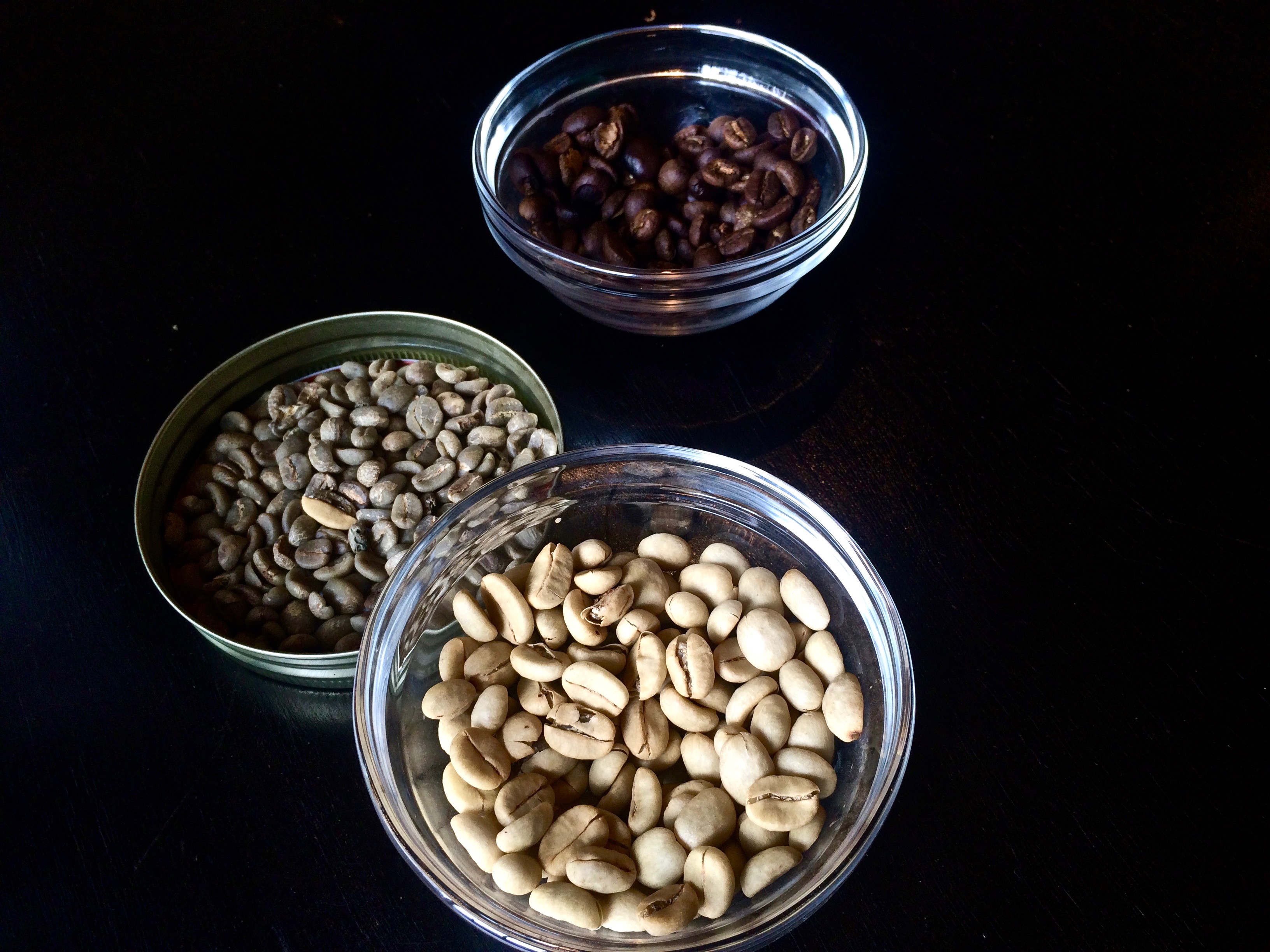
Roast!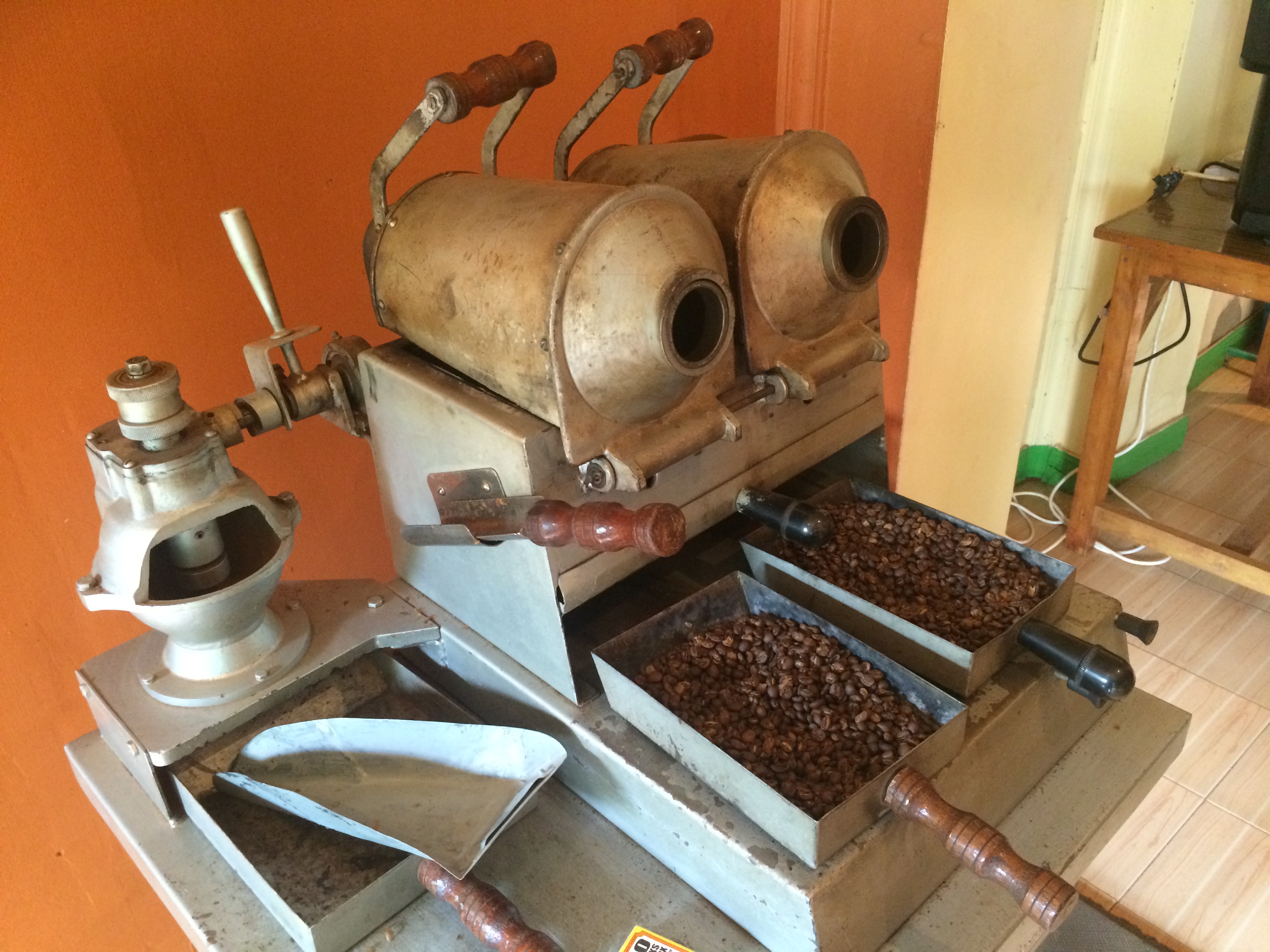
Coffee aroma exploration over different grades of coffee:
Coffee time!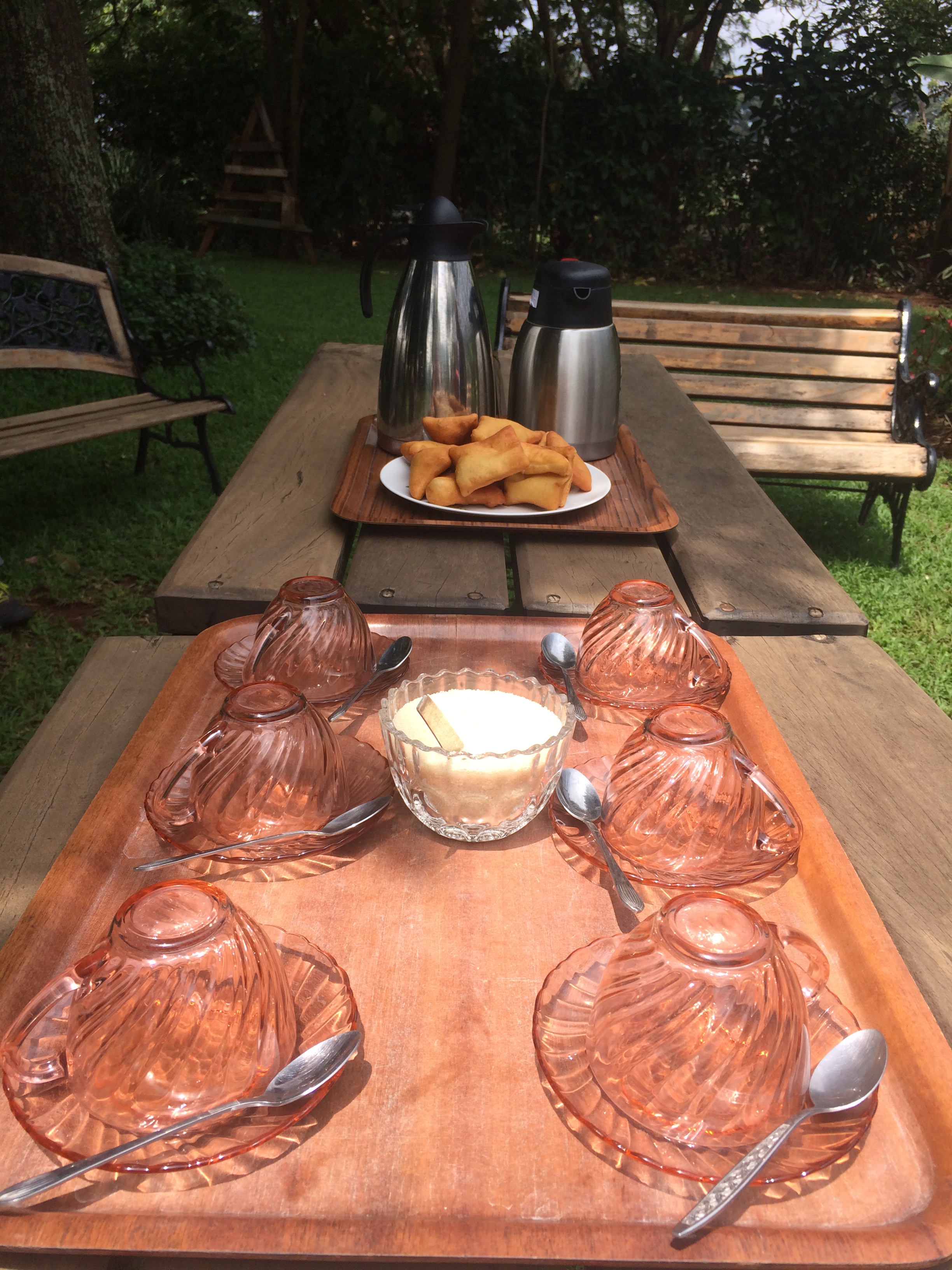
Because I had never toured a coffee plantation and production plant, I thoroughly enjoyed my tour of Fairview Estate. Despite not being an avid coffee drinker, I found the production and business of a Kenyan coffee company fascinating and educational.
However, in the following week I toured another plantation–a tea plantation at Kiambethu Tea Farm–and my adventurous journey there and the tour itself turned out to be more memorable than the coffee tour. I rode the matatu from Githurai to Muthaiga and transferred to another van to Kiambu, just like my trip to Fairview Estate for 70 shillings. This time I rode the van all the way to Kiambu, and transferred to another van at the Kiambu bus station for Limuru for 100 shillings. I was a little surprised that the van diverted from the main road and ended up driving along an unknown road, but the rolling hills of tea plantations made for a gorgeous ride. Luckily my maps app allowed me to track my location, and by keeping an eye on the road, I was able to see a small group of motorbikes sitting on the very corner I hoped they would be.
I hopped off the van between rolling hills of tea leaves and approached the motorbike drivers. They knew where Kiambethu Farm was located (only about 3-4 km) and it cost me 150 shillings for a ride. The bumpy dirt road down and over the hilly tea plantations is a ride I’ll never forget. 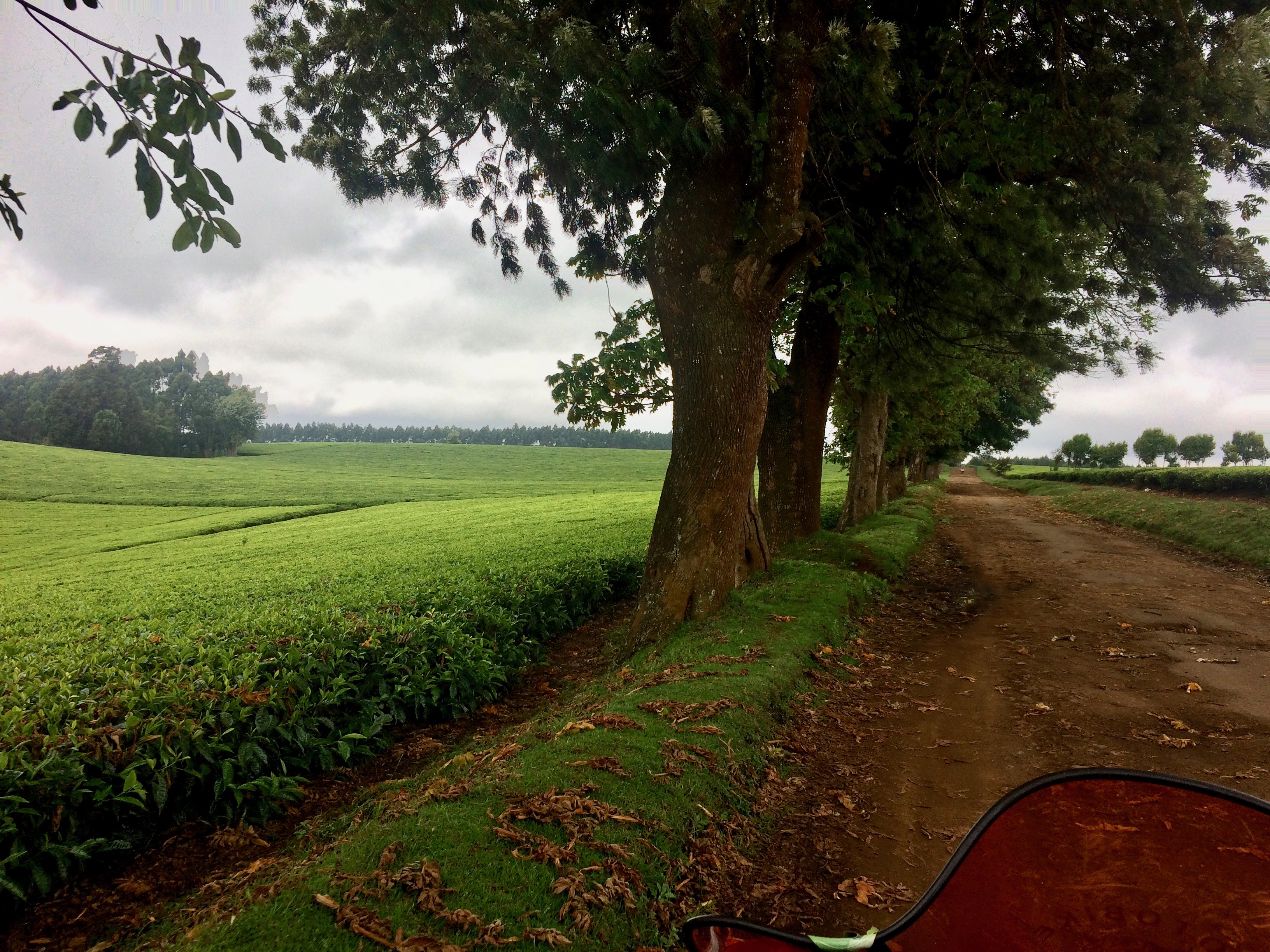
Local children smiled, waved, and chased after us.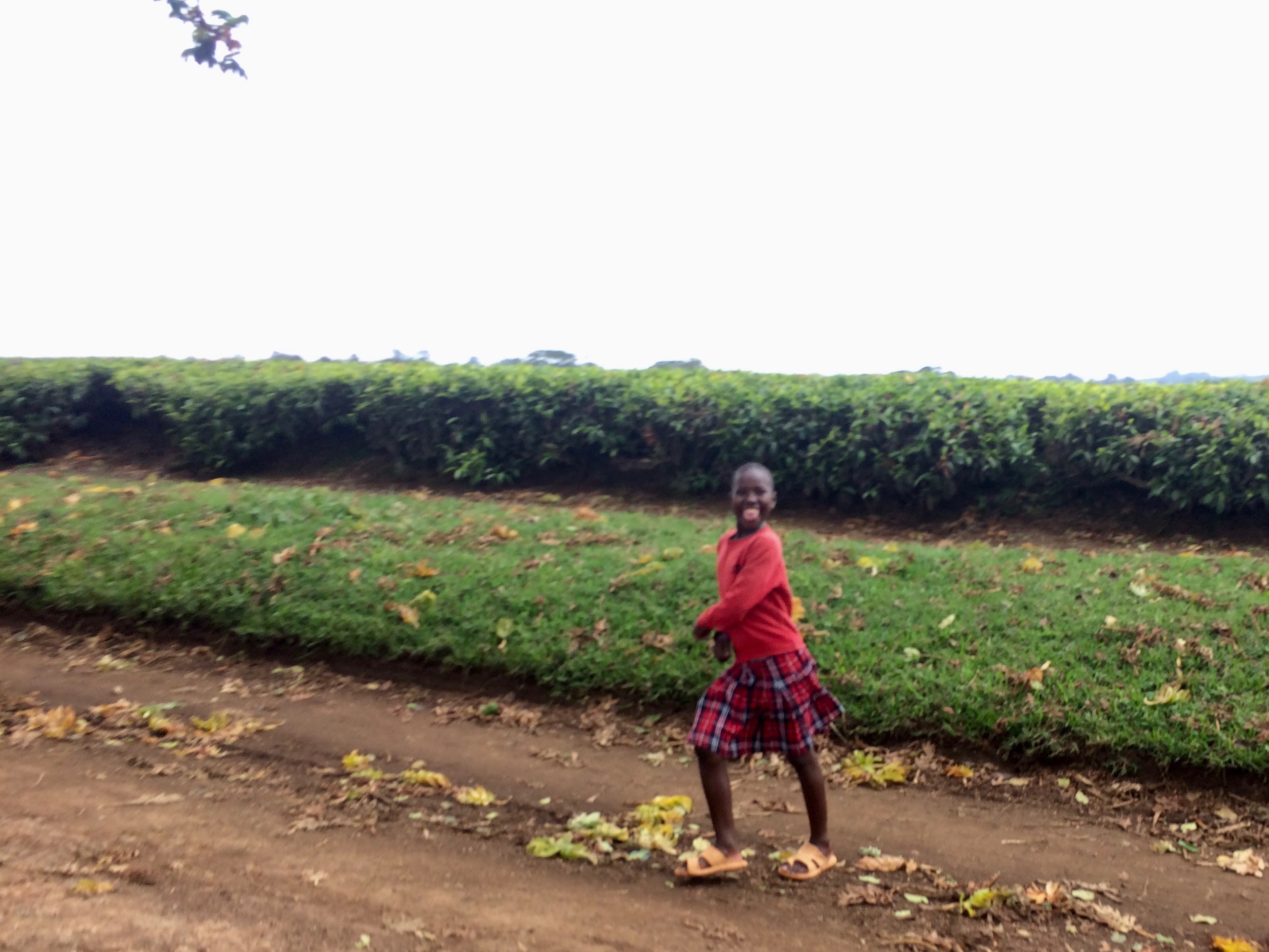
Finally I arrived to the tea farm for my 11am tour. Tours cost 3,200 shillings per person and include a marvelous buffet lunch using vegetables grown from their garden. Fiona, a British woman born and raised in Kenya whose grandfather was the first to grow, make, and sell tea commercially in Kenya in the early 20th century, currently runs the farm plantation and conducts daily tours.
The plantation house, where talks are hosted and tea and lunch is served from: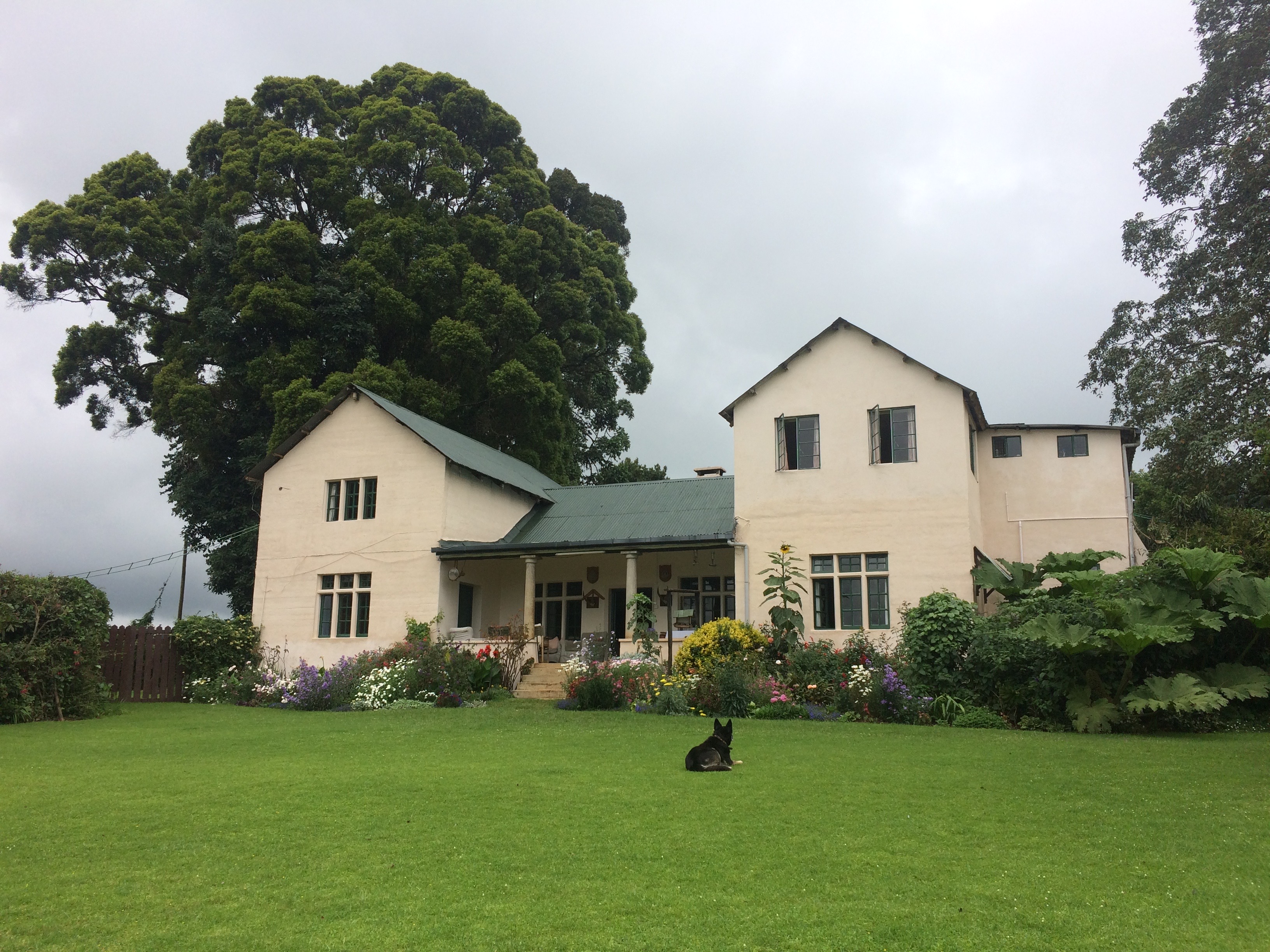
Fiona walked us through her small tea plantation and talked about the process of tea farming. 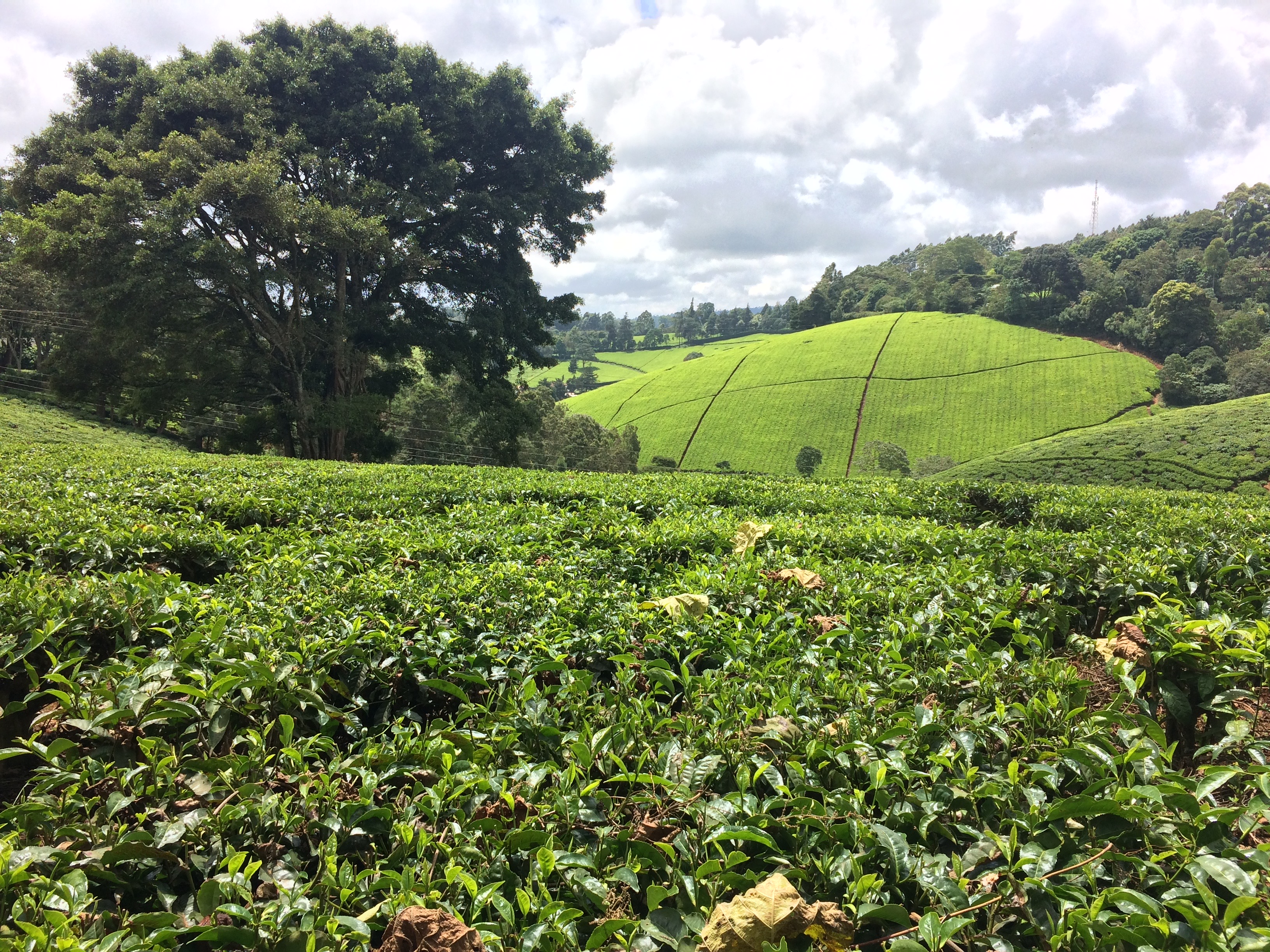
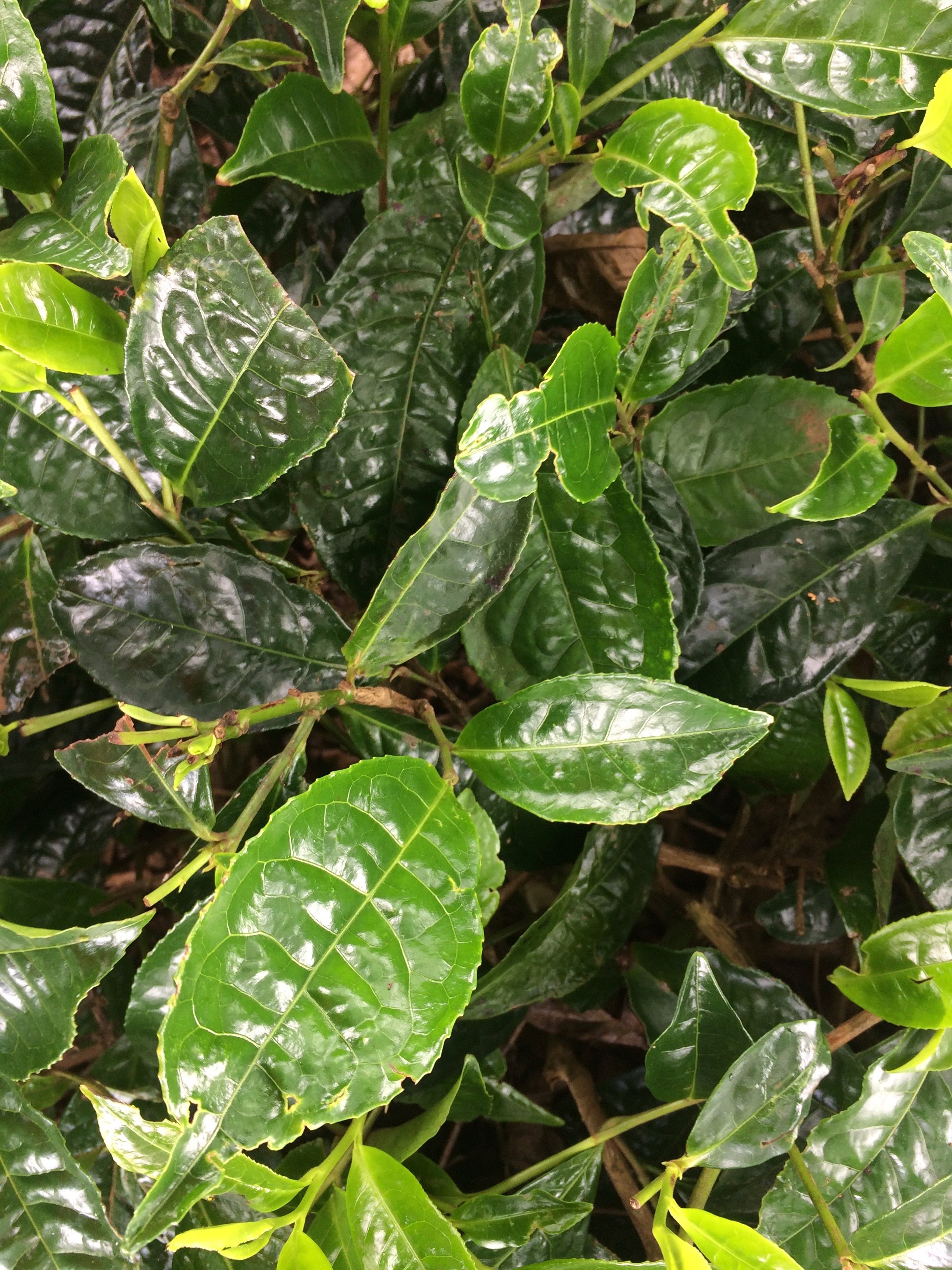
After the lecture in the tea fields, we returned to the house where we comfortably sat and listened to another lecture about tea production over freshly brewed tea and homemade cookies.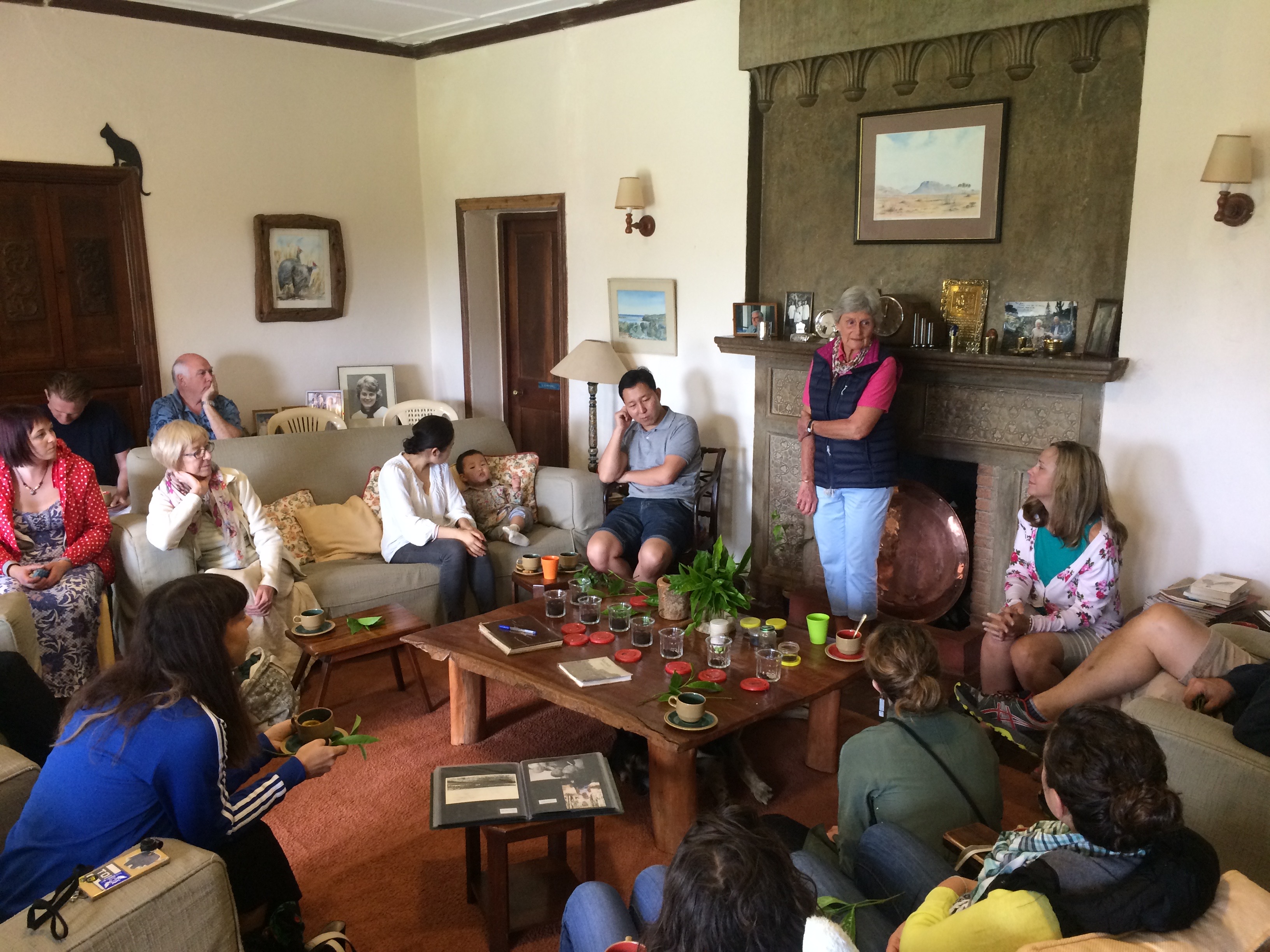
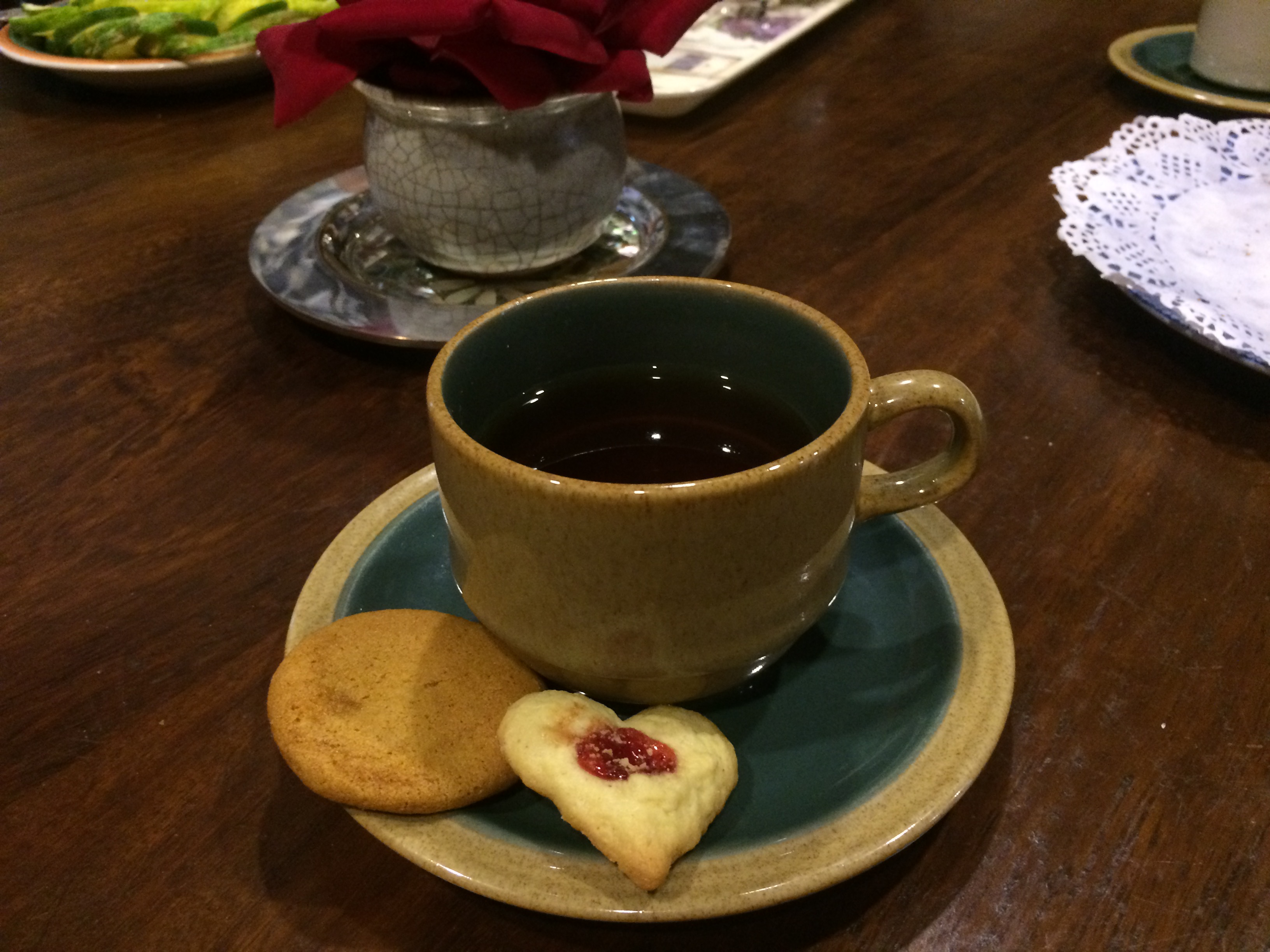
Because the tea farm is not a factory, they send their leaves over to a tea factory for drying and processing. I learned that production is FAST–the leaves can go from bush to cup within 24 hours! No wonder tea is so much cheaper than coffee. Luckily for me, I love tea.
Once the lecture concluded, we followed a local guide outside for a short nature walk for a brief introduction to local medicinal trees and plants. And finally, we returned to the plantation house for an incredible buffet lunch. Having been in Kenya for over a month, I thoroughly indulged myself in the Western dairy luxuries of butter, cheeses, and even ice cream for dessert! 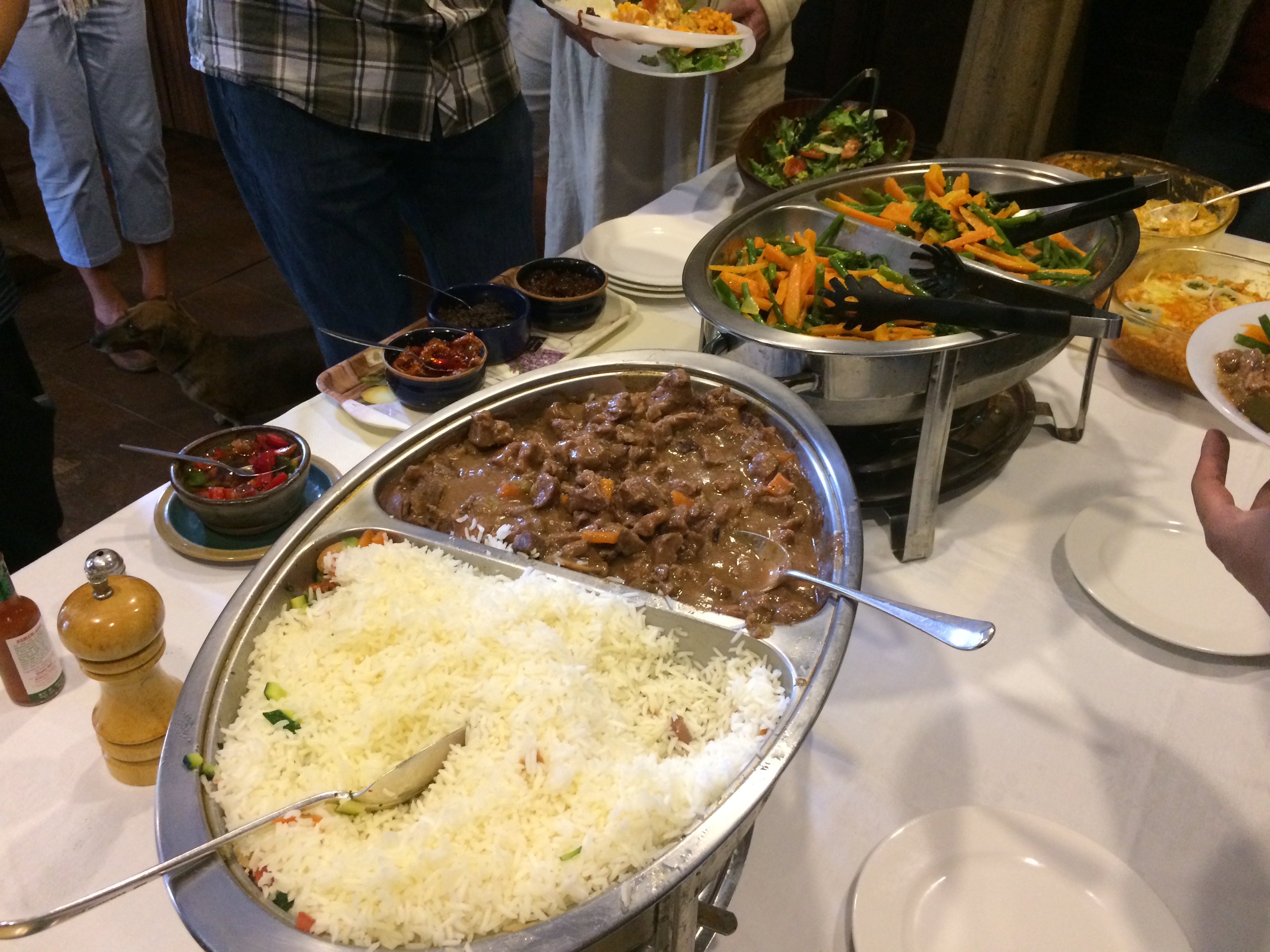
Before leaving the plantation, I also marveled at the wild African flowers, plants, and birds. I had never seen these before!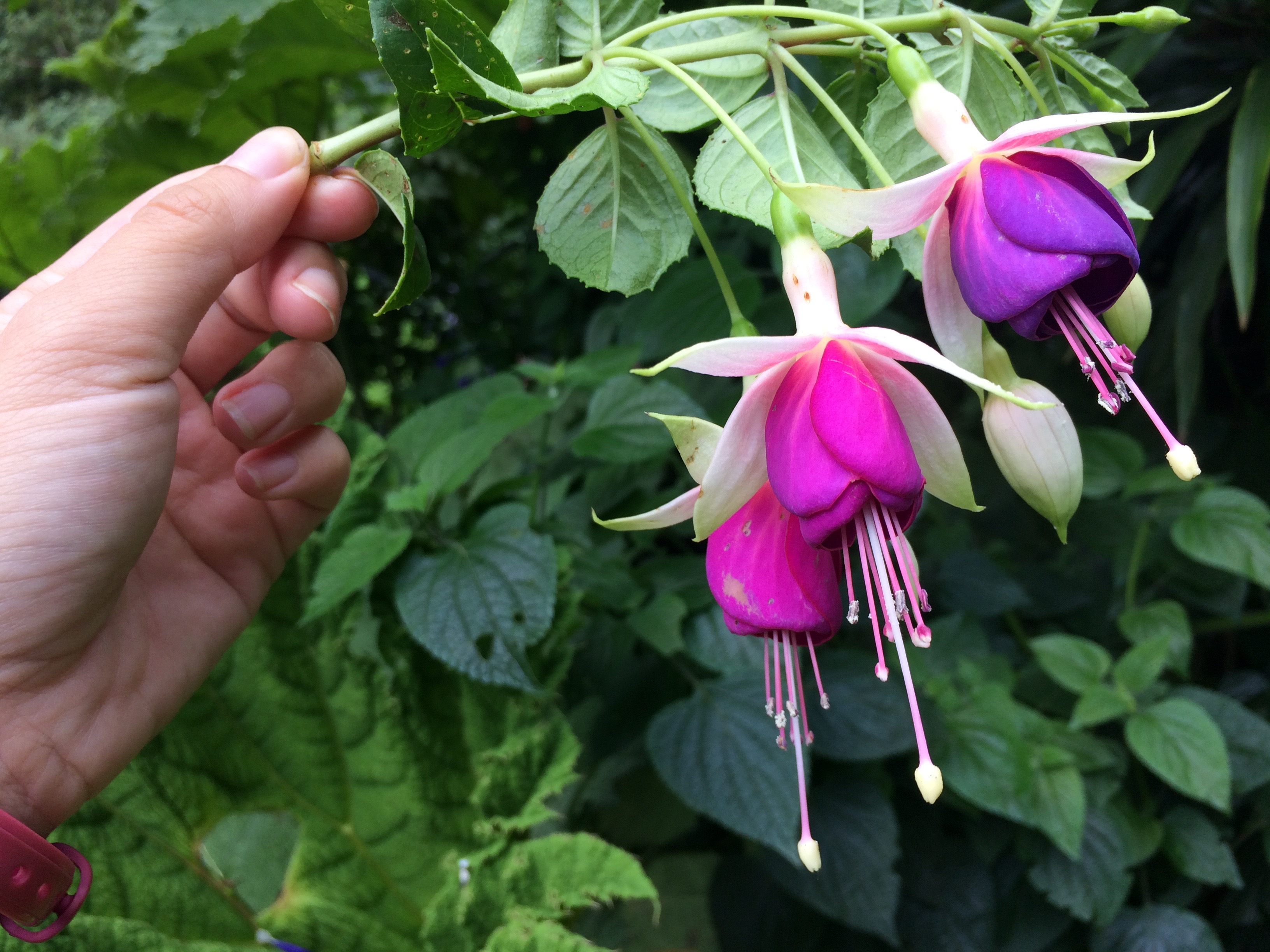
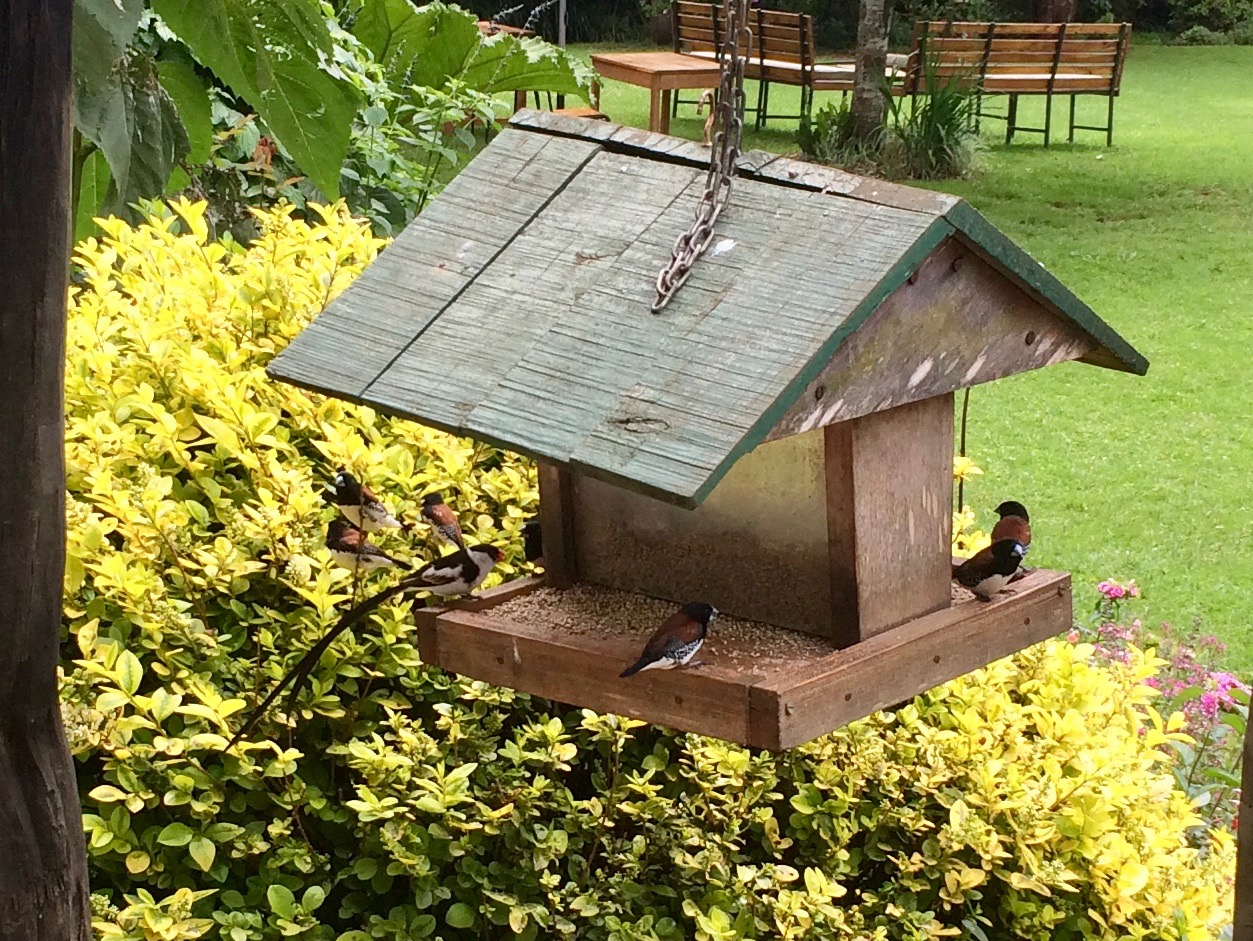
Just when I thought the day couldn’t get any better, I scored a ride back to Nairobi from a nice group of Britains. Saved me the time and hassle of waiting for and taking multiple buses! From Nairobi it was an easy peasy ride back to Githurai.
If time permits, a tour and tasting from some of the world’s largest producers of coffee and tea are definitely worthwhile from Nairobi. Not only is it educational, it is a beautiful and pleasant break from the chaotic city.

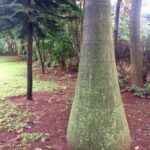
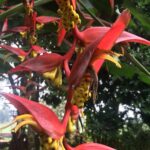
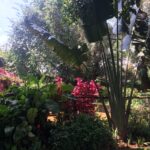
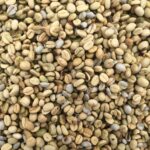
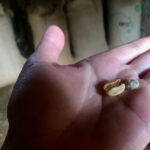
I love the fact that u share your travels & experiences. Grateful for your love of cultures. Elaine